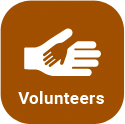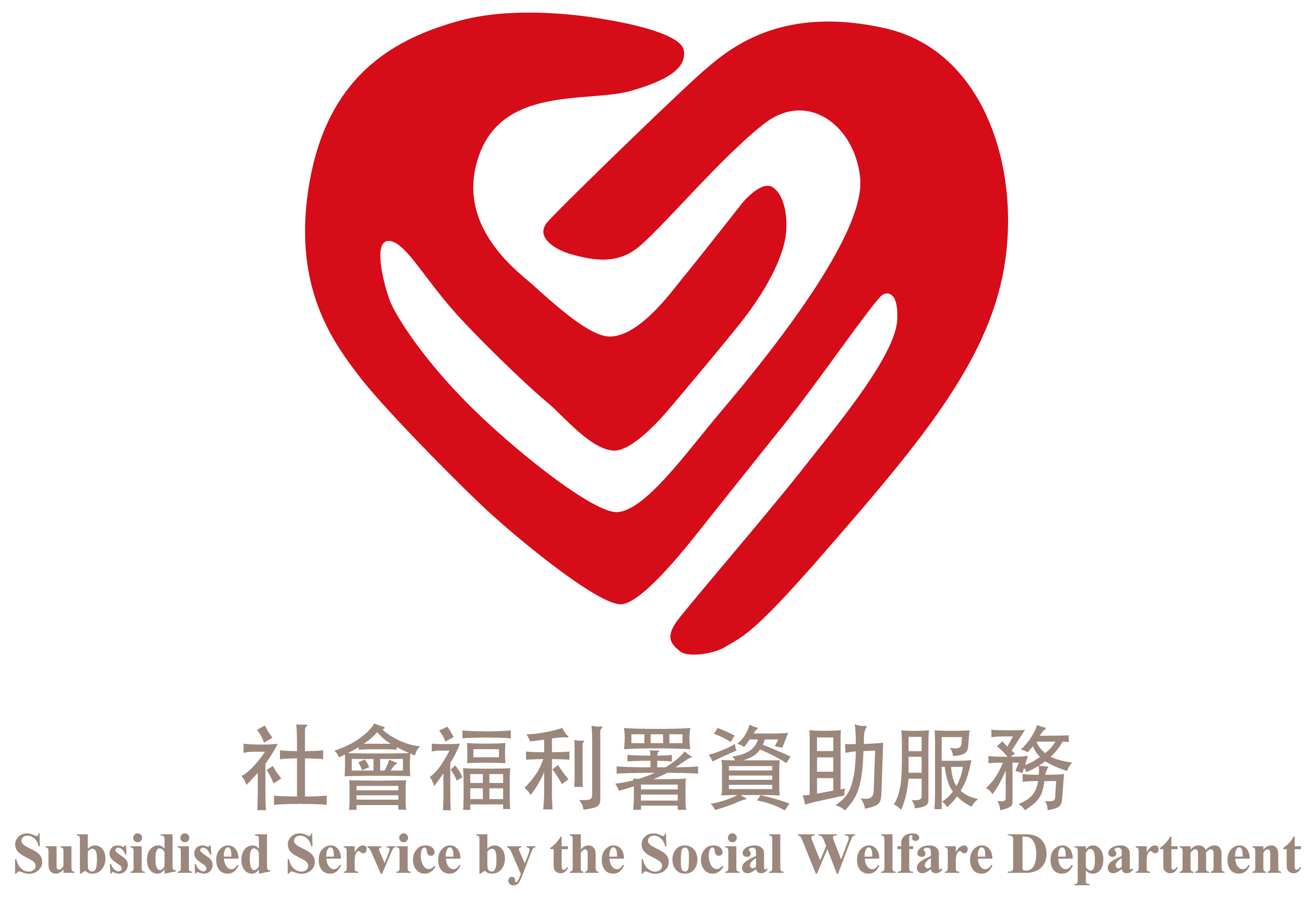Getting Involved in Community Rehabilitation Helps Both the Giver and Receiver
Julia Cheung was diagnosed with Parkinson’s disease at the peak of her career and has had the disease for over 20 years…

Julia Cheung was diagnosed with Parkinson’s disease at the peak of her career and has had the disease for over 20 years. One day, she came across the Society’s newsletter “CRNews” and enrolled in a health management course out of curiosity. She ended up taking several courses, from tai chi and expressive arts, to life and death education.
Julia’s illness did not stop her from cultivating her hobbies. “You’re never too old to learn,” she said. With her passion for Chinese painting, she volunteered with the Hong Kong Parkinson’s Disease Association (HKPDA) as an instructor to teach Chinese painting to help ease the pain of people with Parkinson’s for two years. She was subsequently invited to lead a music class as a volunteer for the HKPDA at the Society’s Kornhill Centre, where she taught the participants how to speak loudly and pronounce clearly through singing and doing exercise. It not only enhanced their mental well-being, but also eased tight muscles which helped them speak and swallow more effectively. Julia was delighted to find that developing her hobbies would not only help alleviate her illness but also help others.
Julia was also invited to be a guest speaker at a health management course designed for people with Parkinson’s to share her knowledge and experience in dealing with her condition. Her story is an embodiment of the contribution and social impact of the community rehabilitation service, with her role changing from being helped to being a helper.
“Medications are helpful, but it’s more important to be self-confident, optimistic, active and cheerful, and to participate in social activities and discover your hobbies,” said Julia. “Life is short, so we should strive for self-improvement and paint a beautiful life rainbow despite facing a chronic illness .”














